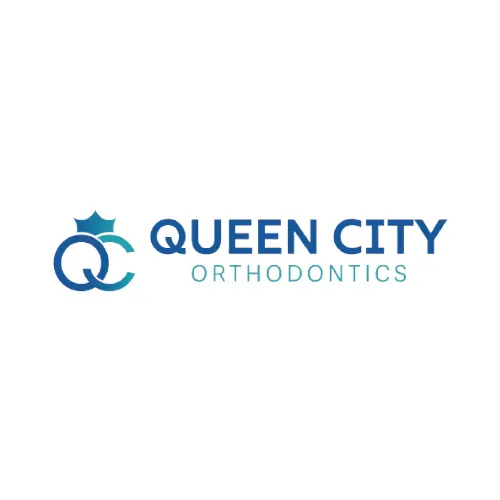
Our office, along with the American Dental Association, American Association of Orthodontists and the American Academy of Pediatric Dentistry, recommends every child see an orthodontist by age seven. That doesn’t mean your child will need braces that young – but if treatment is called for, it’s important not to wait.
These appointments are essential to screen for potential issues during the growth phase, and there are many reasons why you should not skip them. First, initial consultations are free, and in the best case you will be reassured your child’s bite is on the right track. This first visit is also a time to get to know your child, to introduce your child to our office, and it gives us a chance to advise you on how to resolve some behaviors that may be affecting your child’s bite.
If we do determine treatment is needed, the interceptive treatment may save you time and money in the long run. More important, we will be able to catch potentially severe problems before it’s too late.
By age seven, your child is mature enough that we can identify structural and developmental issues but still young enough for us to correct them at the optimal time. Once the mouth has grown to maturity, some treatments, especially relating to jaw development, can be difficult and painful, and may even require surgery. Never fixing these problems could mean a lifetime of dental issues and pain.
It’s also worth noting that teeth that are straighter and less crowded are easier to clean, likely resulting in fewer cavities. Plus – no small thing – with an improved bite, your child’s smile and even facial appearance may be enhanced. That’s important even to youngsters.
Not all pediatric dentists refer children this young, but you don’t need a referral to see an orthodontist. The following behaviors are some that indicate your child would benefit from an early visit, but keep in mind there are others only an orthodontist will be able to spot:
- Thumb-sucking
- Crowded or misplaced teeth
- Difficulty chewing
- A bite that is too far forward or back
- Tooth-grinding
- Cheek-biting
- Tongue-thrusting
- Breathing through the mouth
- Early or late loss of baby teeth
- An unbalanced facial appearance
If immediate treatment isn’t necessary after this initial visit, we will monitor your child’s oral development for a couple of years before beginning any needed orthodontia. But some conditions are critical to address at an earlier age, when the bones and teeth are still forming, especially for treatments that later would require surgery. For example, we can:
- Create room for crowded teeth (sometimes widening the jaw with an appliance)
- Preserve space for teeth that haven’t erupted
- Guide the growth of the jaw so emerging teeth will come in straight
- Correct imbalanced growth of upper and lower jaws
- Correct crossbite, deep bite and open bite
- Reduce the risk of trauma to protruding front teeth
- Prevent problems that could occur later when they would be more difficult to address
These procedures aren’t guaranteed to eliminate the need for a second phase of orthodontic treatment, but they will start your child on the right track to good oral health and nearly always make any future treatment easier and shorter.
We welcome you to call our office for a consultation appointment with your young child. An orthodontic evaluation now can identify any need for early intervention and will help ensure lifelong good health of your child’s teeth and gums.
After we provide an initial evaluation for your child, if no treatment is recommended, we will continue to monitor their growth and development via no-charge periodic visits to our office. Board-certified orthodontist Dr. Rodrigo Viecilli at Limestone Hills Orthodontics in Austin, TX, advocates for this proactive approach to ensure optimal timing for any necessary interventions. We will inform you as to the possible need for treatment and the best time to begin this treatment.
One final comment: Many of the dental and orthodontic conditions that are present in our young patients are passed on via genetics from one or both parents to their children. A common finding is missing teeth, impacted teeth and extra teeth. It is prudent to have an early evaluation to screen for these and other conditions.
Thank you and we look forward to creating a Magical Smile for you and your family!



